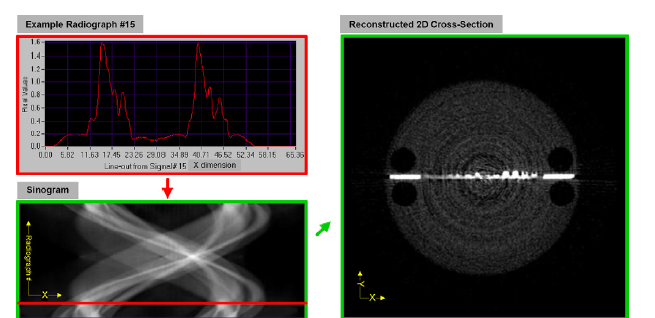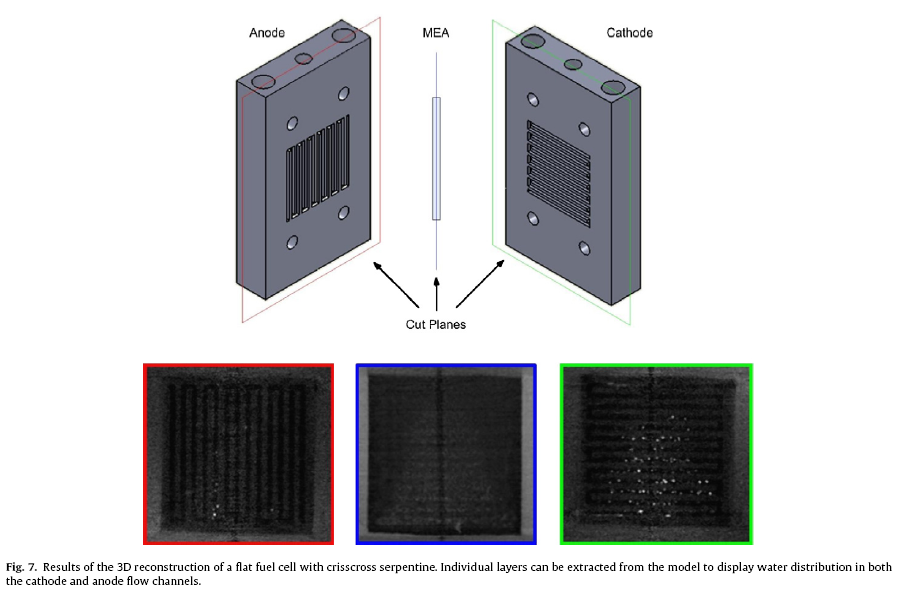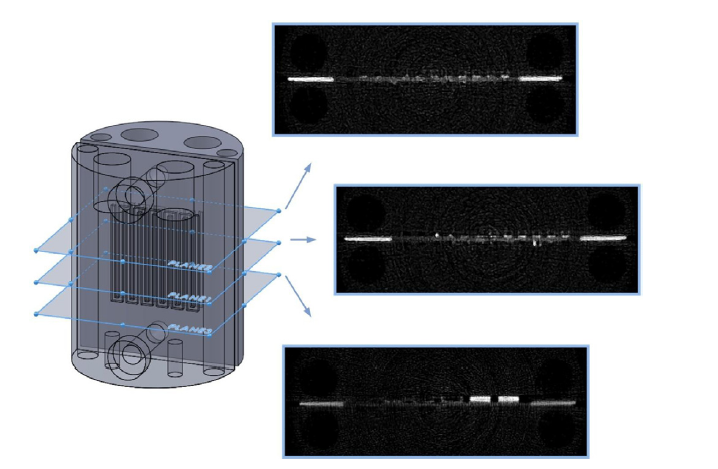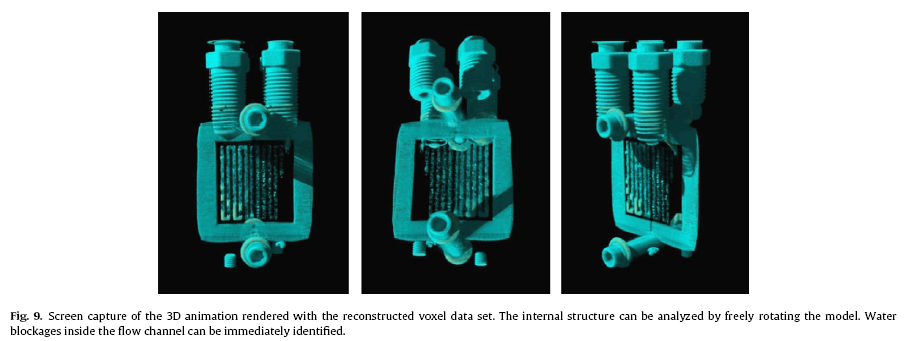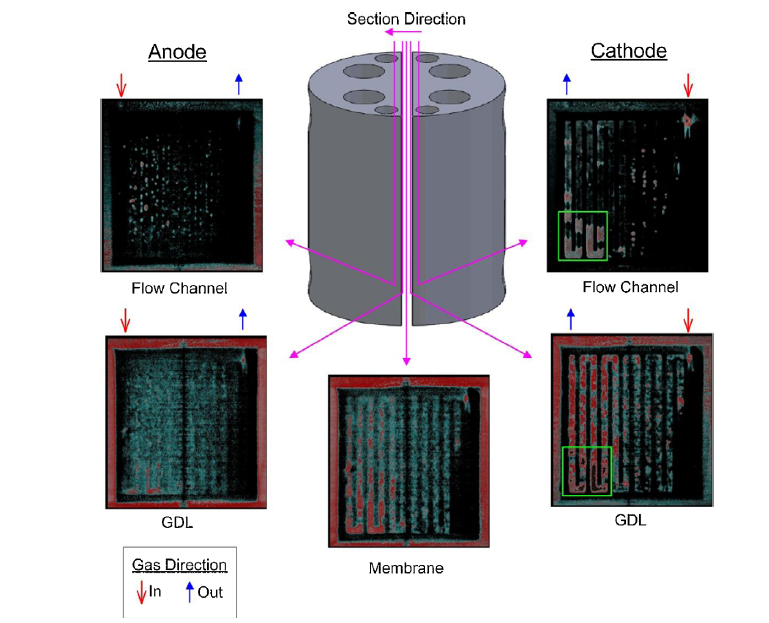Water management is one of the critical issues for the design and operation of PEM fuel cells since the accumulation and transport of liquid water in the PEM fuel cell can significantly deteriorate the PEM fuel cell performance. Water is usually provided to the PEM fuel cell through the fully humidified anode and cathode gas stream in order to provide adequate hydration for the polymer membrane electrolyte. On the other hand, water is produced at the cathode of the cell as a part of the electrochemical reaction. Water is also transported inside the cell through a number of mechanisms: electroosmotic drag effect transports water from the anode to the cathode side, back diffusion occurs due to the concentration difference between the cathode and the anode side, and water convection may be present as a result of the pressure gradient. Further, liquid water can form as a result of compression due to the depletion of the reactant gas species, especially at the anode if pure hydrogen is provided as the fuel. The presence of liquid water in the cell structure can have an adverse impact on the cell performance. The performance loss resulting from liquid water accumulation in the cell components is often referred to as water flooding. Measuring the amount and accumulation of the liquid water in an operating PEM fuel cell is crucial to understand the nature of flooding and or membrane drying although it is highly difficult to do so. As a result, significant trust has been built in investigating liquid water formation and distribution in PEM fuel cells
Neutron radiography is a new and attractive technique to quantify the amount and distribution of liquid water in PEM fuel cells, due to the neutron’s sensitivity to hydrogen atoms in water. Since most of the PEM fuel cell components are transparent to the neutron beam, this technique enables quantification of liquid water accumulated in the entire PEM fuel cell structures including gas diffusion layers and gas flow channels. This technique provides an in situ, non-destructive diagnosis of liquid water formation and distribution for a live PEM fuel cell in normal operation without restrictions.
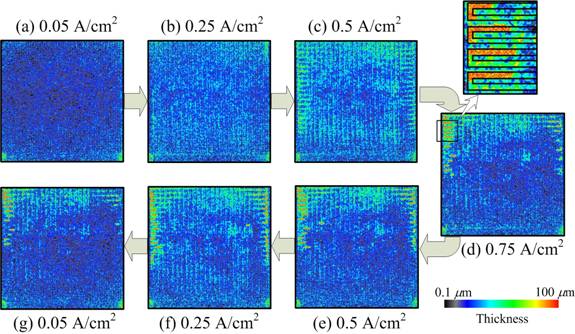
The cell performance is strongly affected by the presence and accumulation of liquid water, especially at high current densities. The amount of liquid water accumulation in the cell is dependant on the cell operating temperature, the pressure drop in the flow channel and the current density. Maintaining a perfect water balance during dynamic operation process has posed a significant challenge for PEM fuel cell design and operation, and hence water management becomes a critical issue for PEM fuel cells.
The rate of liquid water production can be mathematically modeled to analyze the effect of the cell operating temperature and pressure drop on the liquid water formation in a cell. The result shows that water production is stornlgy affected by temperature and current density (reactant flow rate).
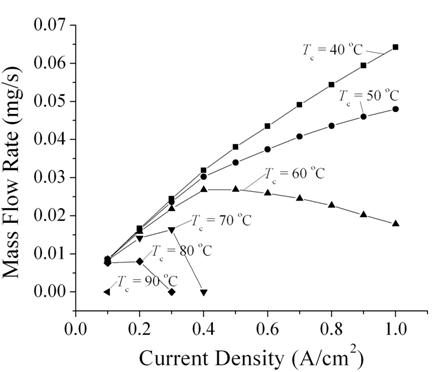
Results of mathmatical modeling: mass flow rate of liquid water at the exit of the test cell for various cell operating temperatures
